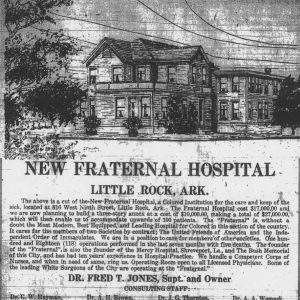 New Fraternal Hospital Ad
New Fraternal Hospital Ad
Entry Category: Civil Rights and Social Change
 New Fraternal Hospital Ad
New Fraternal Hospital Ad
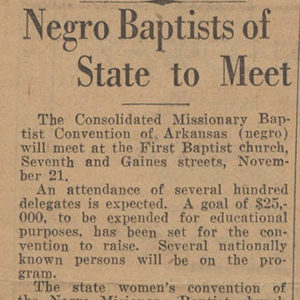 Newspaper Clipping
Newspaper Clipping
Newton, Lee (Lynching of)
 Lee Newton Lynching Article
Lee Newton Lynching Article
Night Riders
aka: Nightriders
aka: Whitecappers
aka: White Cappers
Noble, Marion Monden
Norman, Will (Lynching of)
 Norman Lynching Article
Norman Lynching Article
North Little Rock Six
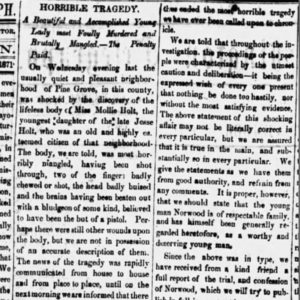 Robert Norwood Lynching Article
Robert Norwood Lynching Article
 Robert Norwood Lynching Article
Robert Norwood Lynching Article
NYA Camp Bethune
aka: Camp Bethune
 John F. O'Donnell
John F. O'Donnell
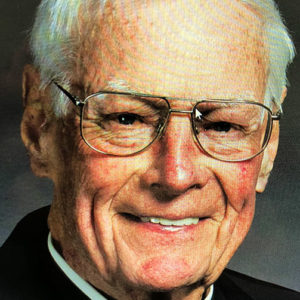 John F. O'Donnell
John F. O'Donnell
O’Donnell, John F.
Oats, Presley (Lynching of)
Office of Removal and Subsistence
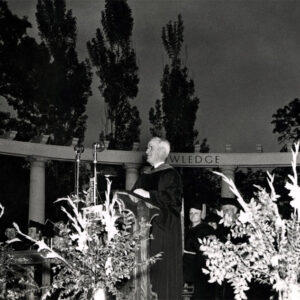 Dunbar H. Ogden
Dunbar H. Ogden
Ogden, Dunbar H., Jr.
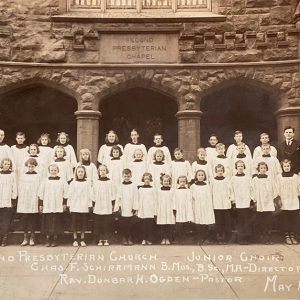 Rev. Ogden and Choir
Rev. Ogden and Choir
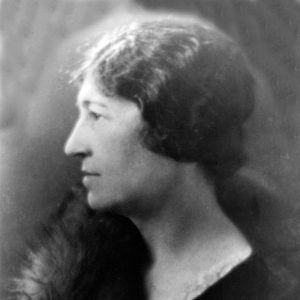 Pearl Oldfield
Pearl Oldfield
Oldfield, Pearl
aka: Fannie Pearl Peden Oldfield
Oliver, Dan (Lynching of)
OMNI Center for Peace, Justice and Ecology
One-Drop Rule
aka: Act 320 of 1911
aka: House Bill 79 of 1911
 Operators Strike Article
Operators Strike Article
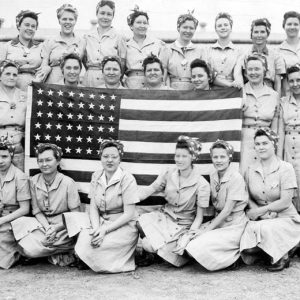 Ordnance Plant Workers
Ordnance Plant Workers
Original Tuskegee Airmen
aka: Tuskegee Airmen, Original
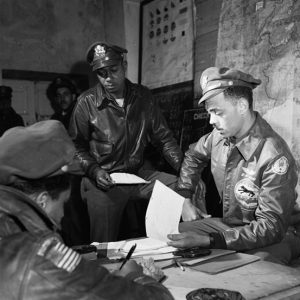 Original Tuskegee Airmen
Original Tuskegee Airmen
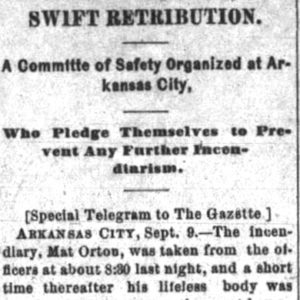 Mat Orton Lynching Article
Mat Orton Lynching Article
 Owen Lynching Article
Owen Lynching Article
Owen, Hurley (Lynching of)
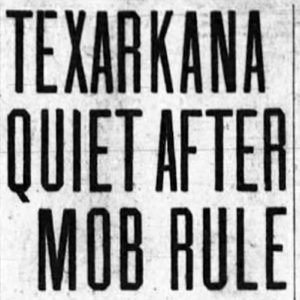 Owen Lynching Article
Owen Lynching Article
Ozark Institute [Organization]
Ozark Land Holding Association
Ozark Schools, Desegregation of
Panel of American Women
 Paradise Lost Poster
Paradise Lost Poster
Paragould Race Riots
Parker, Tom (Reported Lynching of)
 Parnell Hall
Parnell Hall
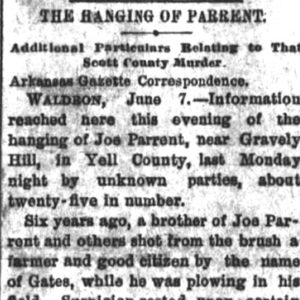 Joe Parrent Lynching Article
Joe Parrent Lynching Article
 Patillo Marker
Patillo Marker
Patrick, William (Lynching of)
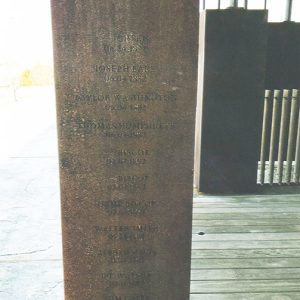 Peace Memorial
Peace Memorial
Pellagra
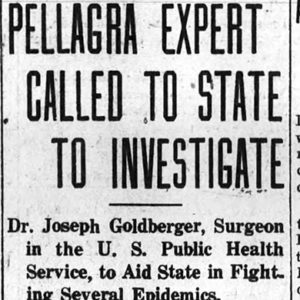 Pellagra Investigation
Pellagra Investigation
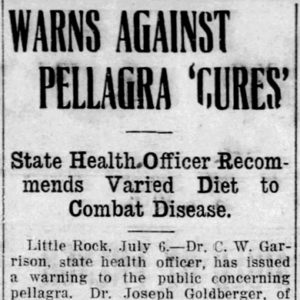 Pellagra Treatment
Pellagra Treatment
Pharr, Suzanne
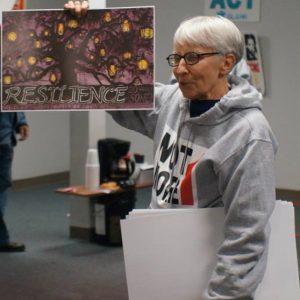 Suzanne Pharr
Suzanne Pharr




